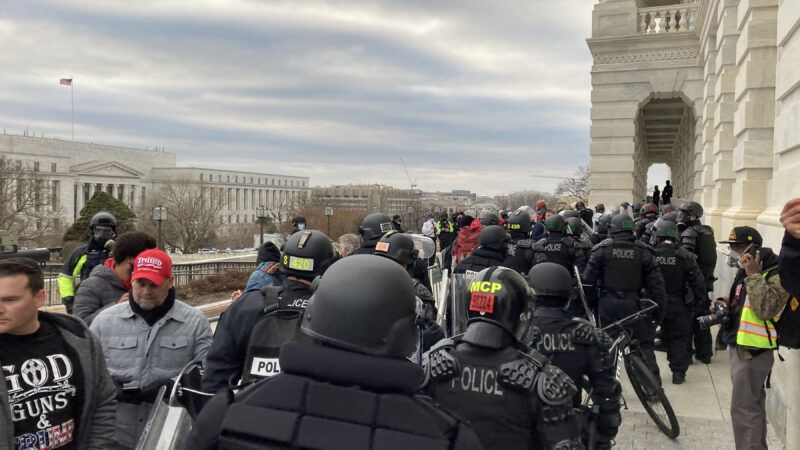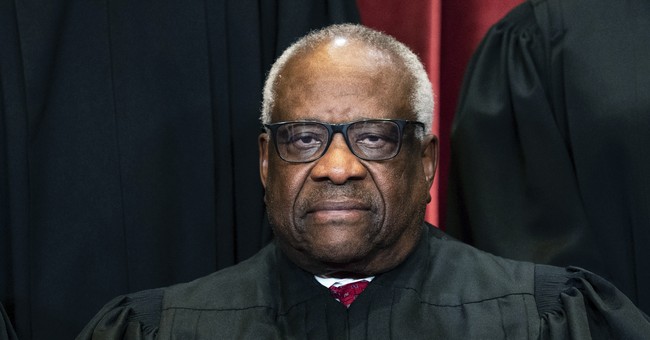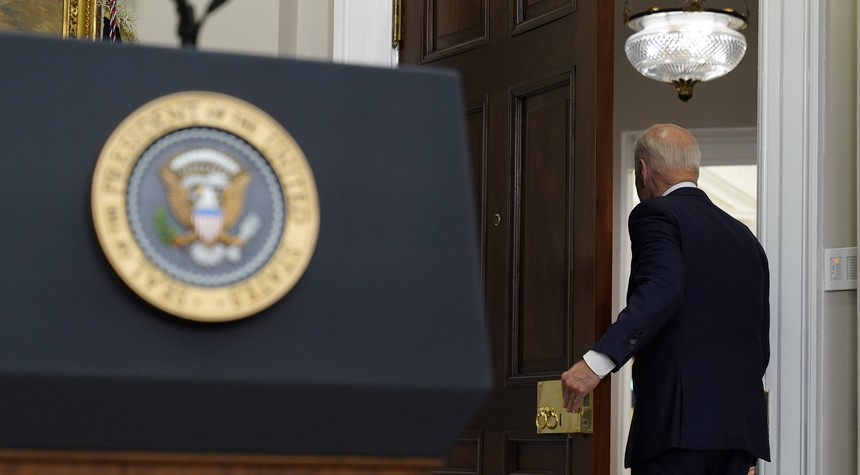The very size and scope of the United States federal government is likely something that Ludwig von Mises could not have imagined, despite writing the book which foretold the results of such a behemoth, Bureaucracy. Early on Mises wrote, “Congress has in many instances surrendered the function of legislation to government agencies and commissions, and it has relaxed its budgetary control through the allocation of large appropriations for expenditures, which the Administration has to determine in detail.” That was in 1944.
For instance, the federal government makes the simple process of disposing of government properties into a kafkaesque nightmare. “The federal government has long owned more real estate than it knows what to do with—buildings that sit empty and sites that are underdeveloped—but it must jump through hoops before it can sell its holdings,” writes Jane Margolies for the New York Times. “So surplus properties languish while taxpayers foot the bill for maintenance.”
In 2016 legislation was passed so the government would get a move on in liquidating its vast decaying real estate portfolio. The Public Buildings Reform Board was created to oversee this task. Moving at the speed of government, it took three years for five board members to be sworn in, while two seats remain vacant.
After finally selecting a board, the Government Accountability Office determined that the group did not adequately document how it went about selecting properties for sale. Then the board was sued for attempting to sell a Seattle building which is a repository of important tribal records. And, it turns out, the Government Services Administration (GSA), the agency which does the actual selling, doesn’t follow the board’s advice.
Only one property approved for sale by the board has been sold. One.
The GSA is the government’s landlord. However, the agency occupying a building must declare it as “excess” before the GSA can sell. But, what’s in it for an agency to have a building sold? There is no economic incentive. In private business, “There cannot be any question of clinging to unprofitable lines of business if there is no prospect of rendering them profitable in a not-too-distant future,” Mises wrote.
But, as Ms. Margolies explains, in the world of government, “It might cost an agency less to maintain a building on an annual basis than to relocate employees to a smaller space and prepare the old building for sale, even if it makes sense in the long run to get the property off its books. And agencies may not benefit financially from a sale because the proceeds often go directly to the Treasury Department.”
And the red tape does not end there. Other agencies get first crack at vacant properties. If there are no takers, buildings must be made available to the homeless or other nonprofit uses. Of course, these decisions aren’t made overnight, so the process can take years.
“In the federal government’s 2015 fiscal year,” writes Margolies, “agencies reported more than 7,000 excess or underutilized properties, according to the Government Accountability Office.”
Also in 2016, the Federal Assets Sale and Transfer Act, known as (don’t laugh) FASTA, was passed. High speed and skirting procedural hoops were the buzzwords for FASTA. Total projected earnings over a six-year period were projected to be $7 billion. The board even resorted to hiring an outside brokerage firm to sell the high-valued properties in bulk to make their goal.
However, being a bureaucratic agency, the board members changed their hive mind and decided “to sell the properties itself, one by one, on its auction website—the same place where it unloads used forklifts, office furniture, railroad spikes and combat boots,” Margolies explains.
Last year, the GSA sold fifty-nine properties for $52.59 million, or less than 1 percent of FASTA’s goal. But it must have been close enough for government work, because Christina Wilkes, an agency spokeswoman, told the Times, “G.S.A. determined that offering properties based on an individual asset sale, rather than in a bundled portfolio sale, was the best course of action.”
So far this year, “eight of the FASTA properties have been put up for auction; of these, a parking lot in Idaho Falls, Idaho, has been sold for $268,000,”
“It is frequently asserted that bureaucratic management is incompatible with democratic government and institutions,” wrote Mises. “This is a fallacy.”
Entrepreneurship is nowhere to be found in government. “Bureaucratic management means, under democracy, management in strict accordance with the law and the budget,” Mises explained. “It is not for the personnel of the administration and for the judges to inquire what should be done for the public welfare and how the public funds should be spent.”
The Public Buildings Reform Board is putting together a list of properties to be listed for sale in December. Reportedly lessons have been learned. In order to make the process more efficient, “the board has beefed up documentation.”
“We learned a lesson,” board member Angela Styles said. “Communication is just absolutely critical.”
It’s clear this bureaucracy, like all others, is incapable of learning. The board has given itself until 2025 to reach its goals.














